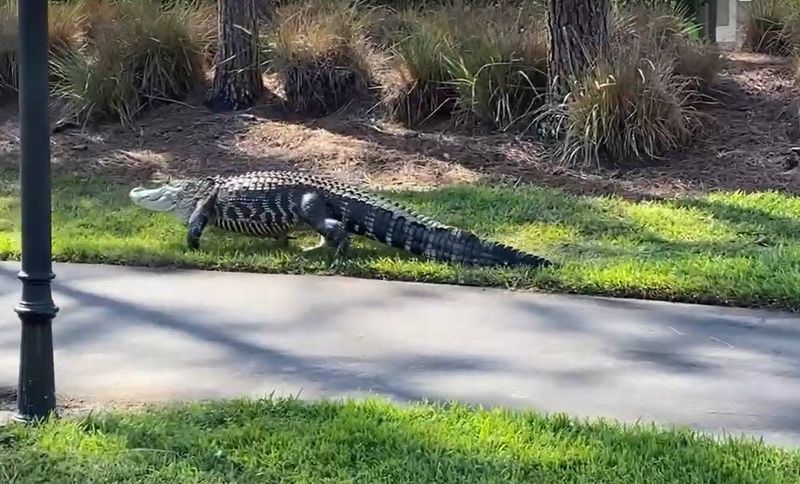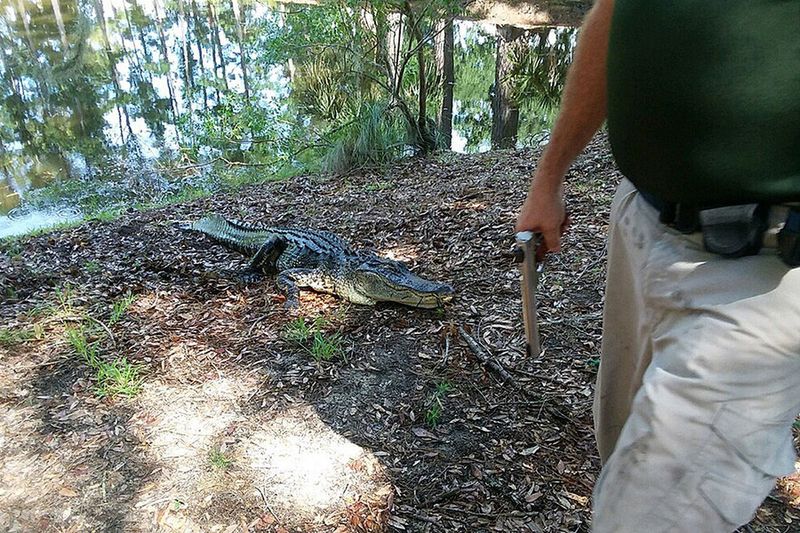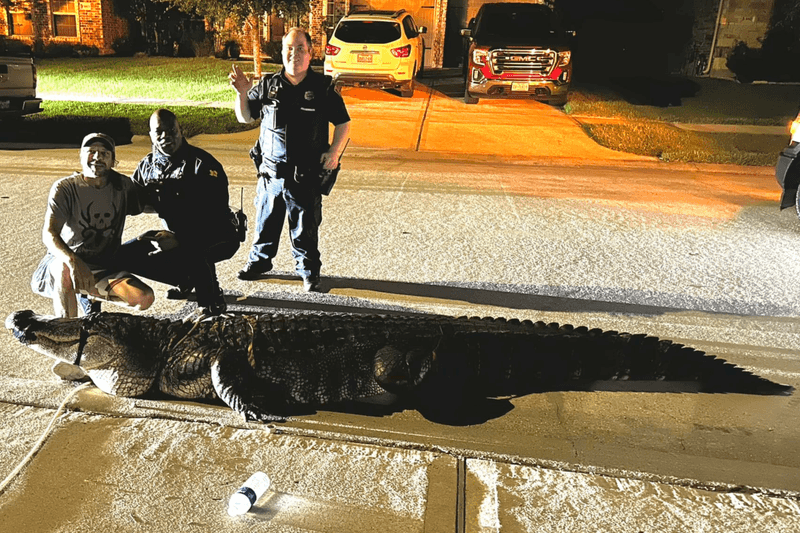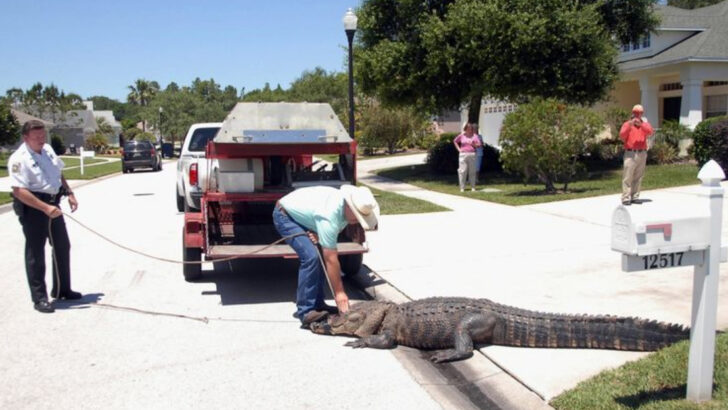Alligators are crashing the suburbs—and they’re not knocking first. From golf courses to backyard pools, these ancient reptiles are boldly showing up where no gator belongs. Sunbathers are spotting them on patios. Kids are finding them in kiddie pools. And people across the U.S. are wondering: what on earth is going on? This isn’t just a one-off gator tale. It’s happening more and more, and it’s turning quiet neighborhoods into unexpected wildlife zones. Is it the heat? Are they lost? Or are we the ones trespassing? Before you shrug it off, know this: the alligator next door might be closer than you think. Let’s find out why they’re making surprise visits—and what it really means for this wild summer.
Rising Temperatures

As summer temperatures soar, alligators seek cooler areas, often heading towards residential neighborhoods. These reptiles are ectothermic, meaning they rely on external heat sources to regulate their body temperature. When local water bodies become too warm, they venture out in search of more comfortable environments.
Many neighborhoods near water sources have witnessed an increase in alligator visits. Residents find these unexpected guests relaxing on lawns or taking a dip in backyard pools. With climate change causing more frequent and intense heatwaves, alligator sightings in urban settings may become more common.
Habitat Loss

The expansion of urban areas has led to the encroachment upon natural habitats, forcing alligators to seek refuge elsewhere. Construction projects near wetlands disturb the delicate ecosystems, pushing these creatures into unfamiliar territories.
Alligators are finding themselves in neighborhoods as their traditional homes are being developed for human use. This displacement causes them to wander in search of suitable living conditions, often leading them to human-populated areas. As cities grow, the delicate balance between nature and urbanization is tested, resulting in more frequent alligator encounters.
Seasonal Migrations

During certain times of the year, alligators migrate to find new territories or mates. This natural behavior can lead them into unexpected places, including residential neighborhoods. Spring and summer are particularly active seasons for these migrations.
As alligators travel, they may inadvertently wander into human-inhabited areas. While such migrations are part of their life cycle, the increasing overlap with urban expansion has made these encounters more noticeable. Communities are learning to adapt to these migrations, recognizing the importance of living harmoniously with native wildlife.
Food Scarcity

In some regions, the natural prey of alligators has become scarce due to environmental changes and human competition. This scarcity forces them to explore new areas where food is more abundant, such as neighborhood ponds or streams.
Alligators are opportunistic feeders, and the promise of easy meals can draw them into suburbs. Discovering fish in a backyard pond or small mammals in a park can make these areas appealing to an alligator’s quest for sustenance. Such interactions remind us of the interconnectedness between human actions and wildlife behavior.
Increased Human Interaction

With more people living and recreating near alligator habitats, encounters are bound to happen. Increased recreational activities like fishing, boating, and hiking bring humans and alligators into closer proximity.
People are often fascinated by these ancient creatures, sometimes inadvertently encouraging their presence by feeding them or leaving food scraps behind. This can lead to alligators becoming accustomed to humans, increasing the likelihood of neighborhood visits. Educating the public about safe practices can help mitigate potential conflicts and promote a safer coexistence.

